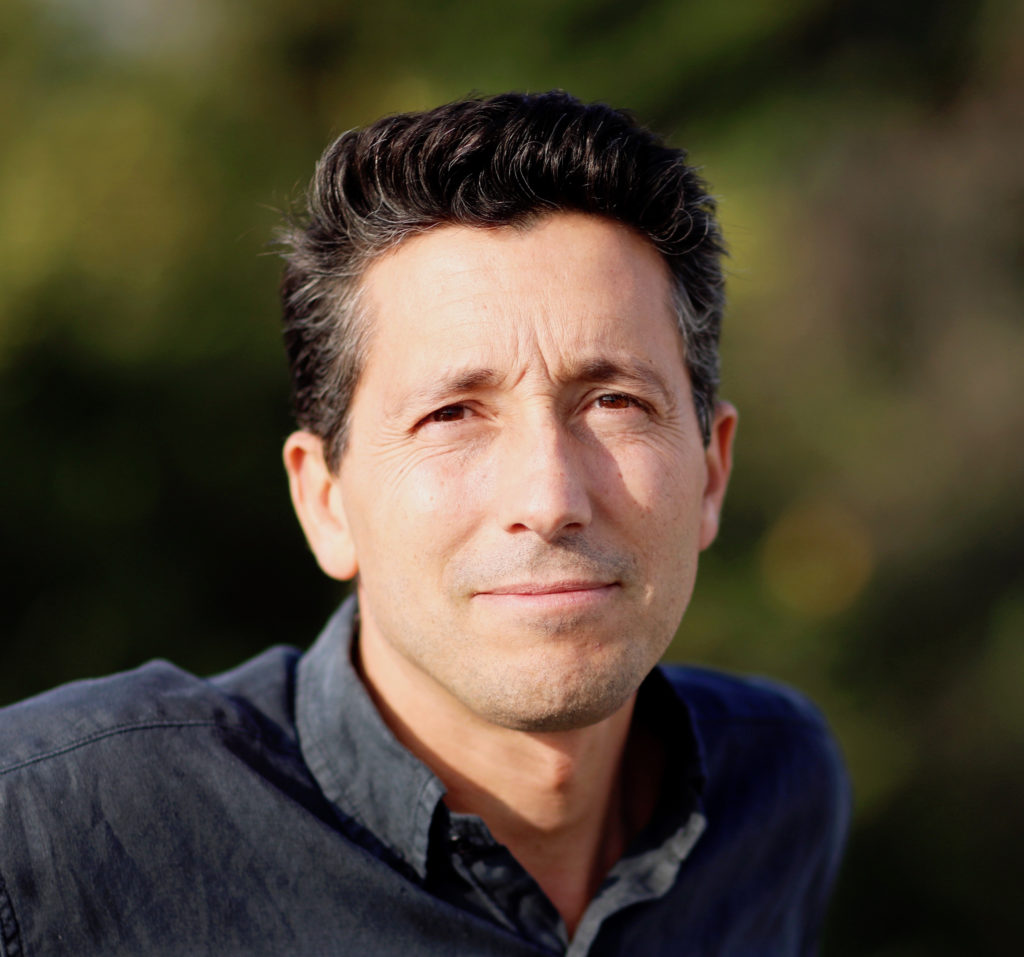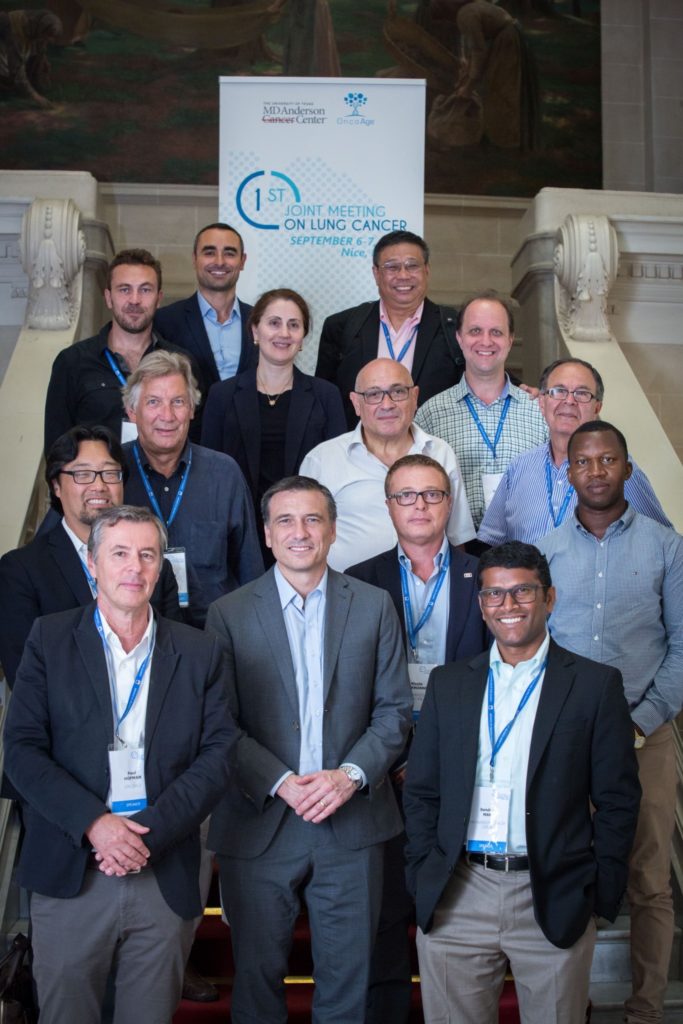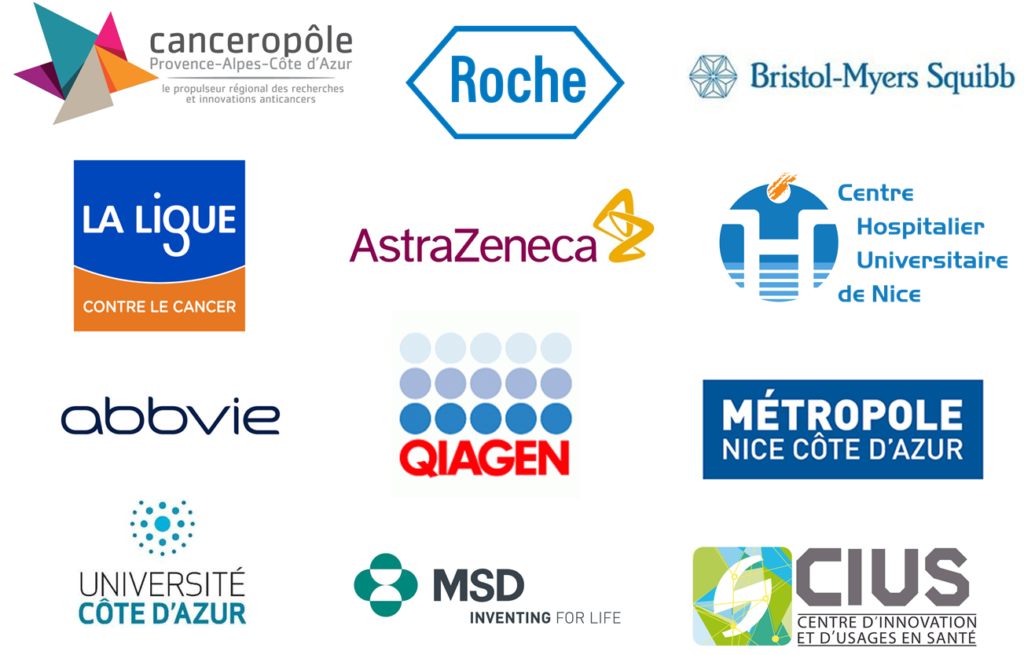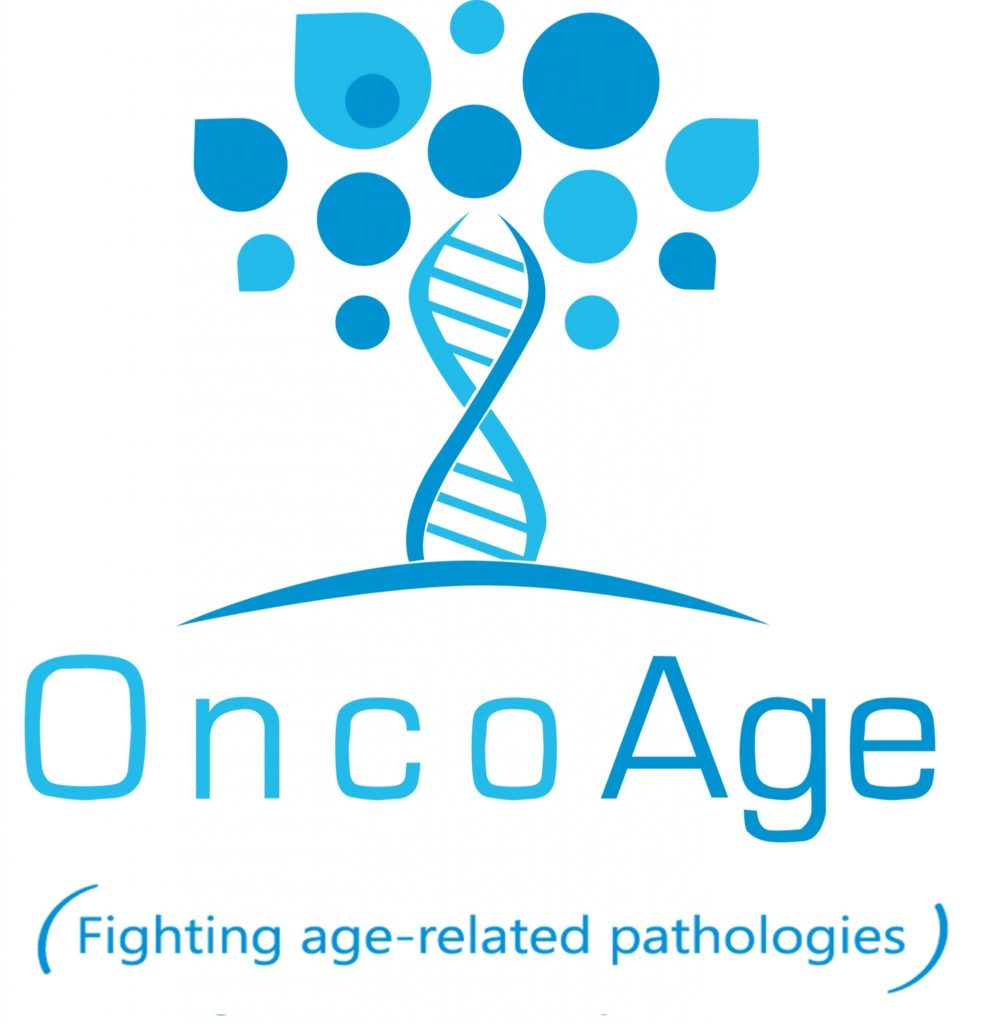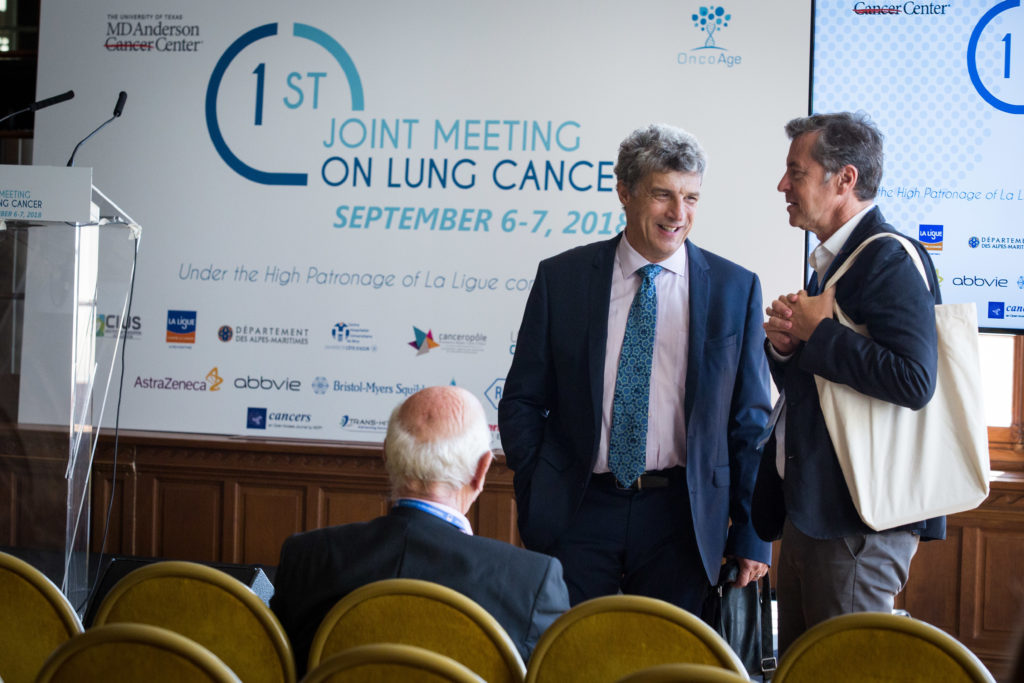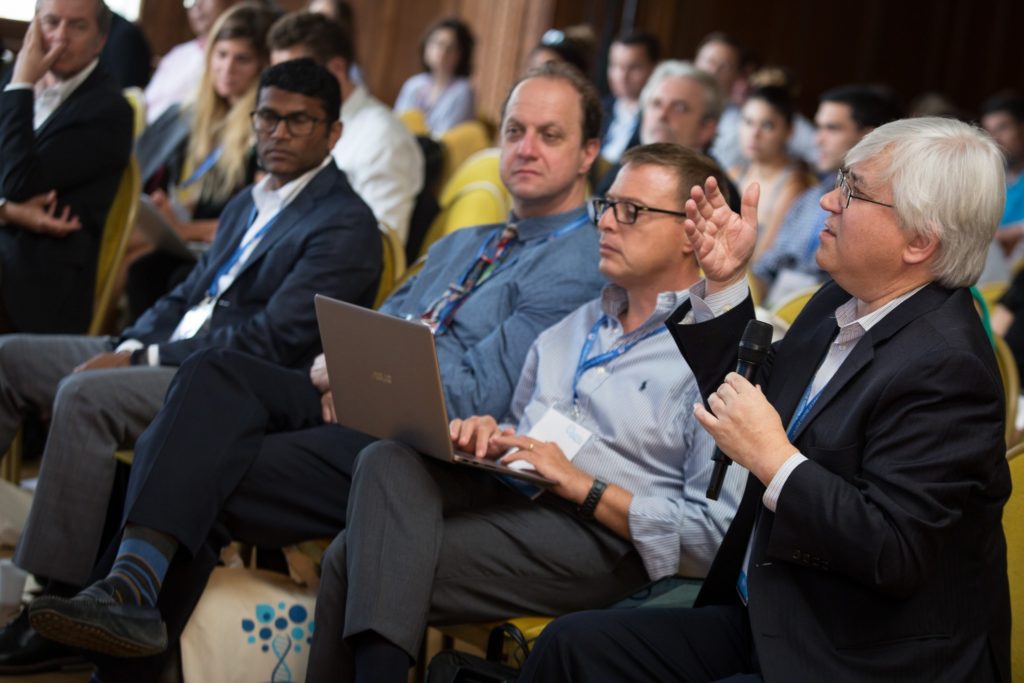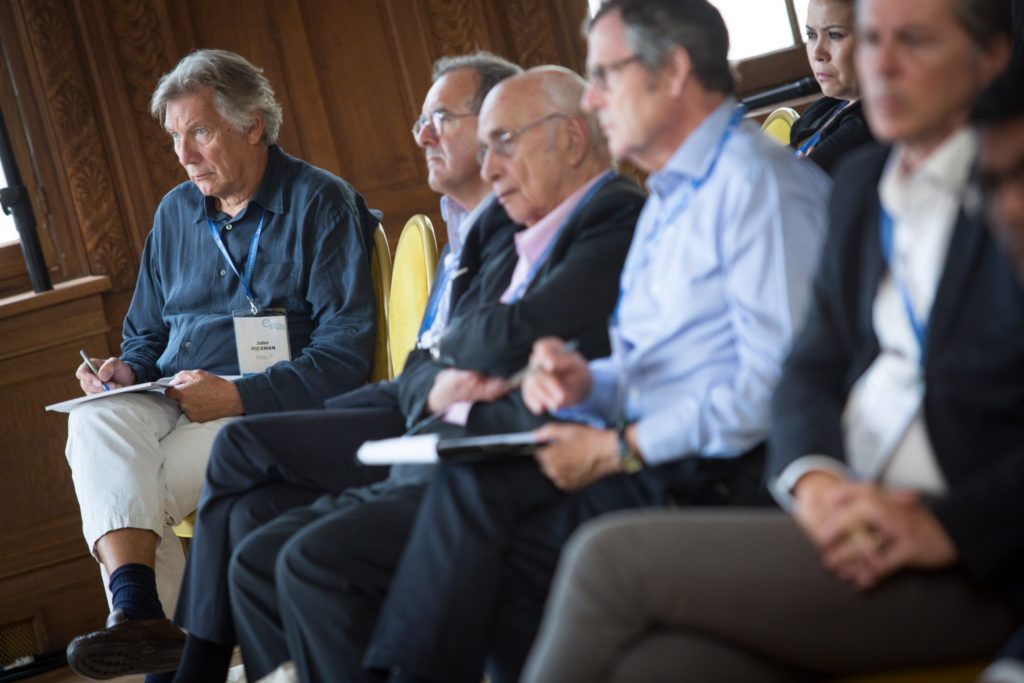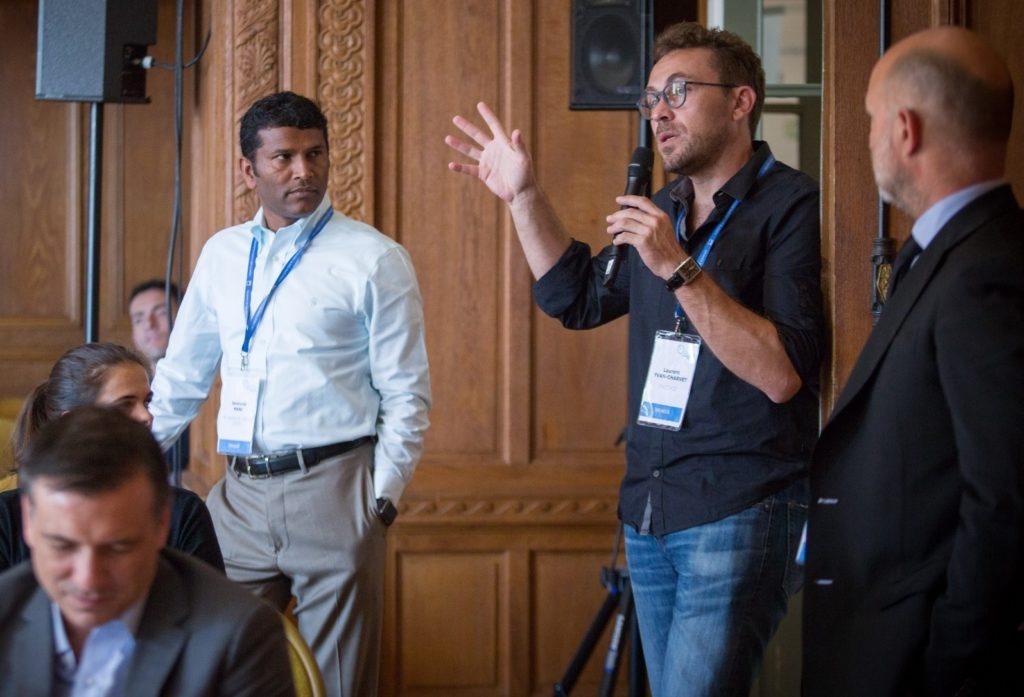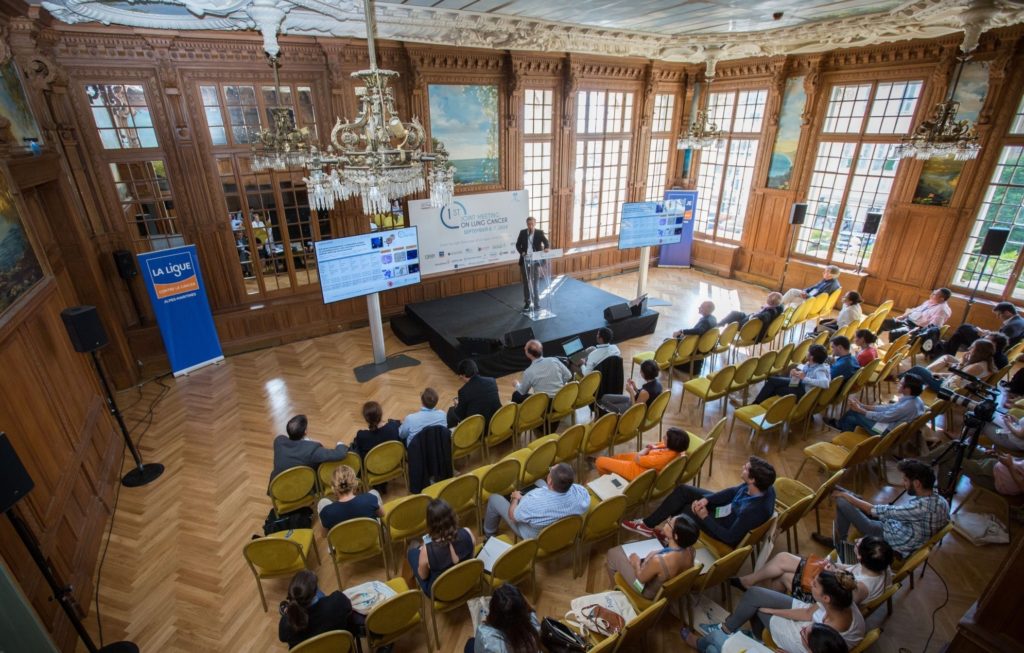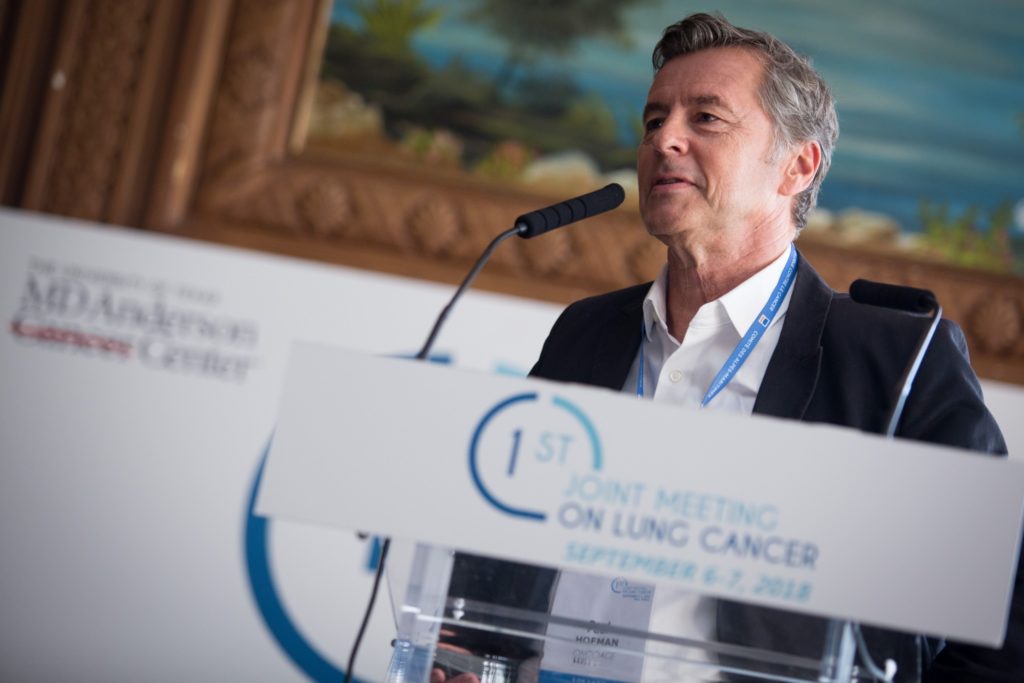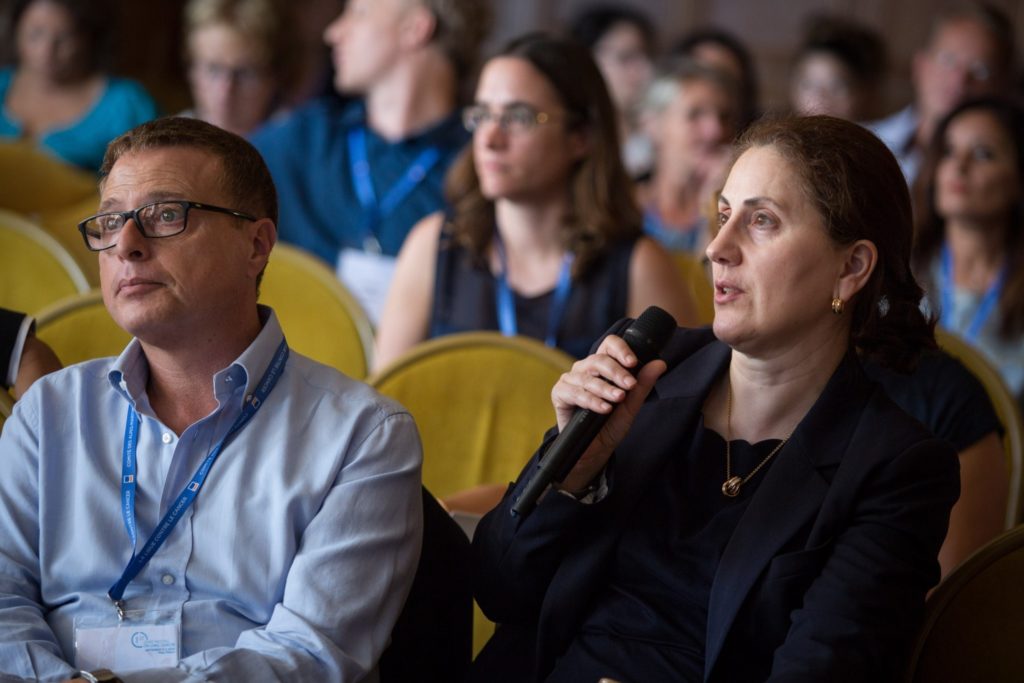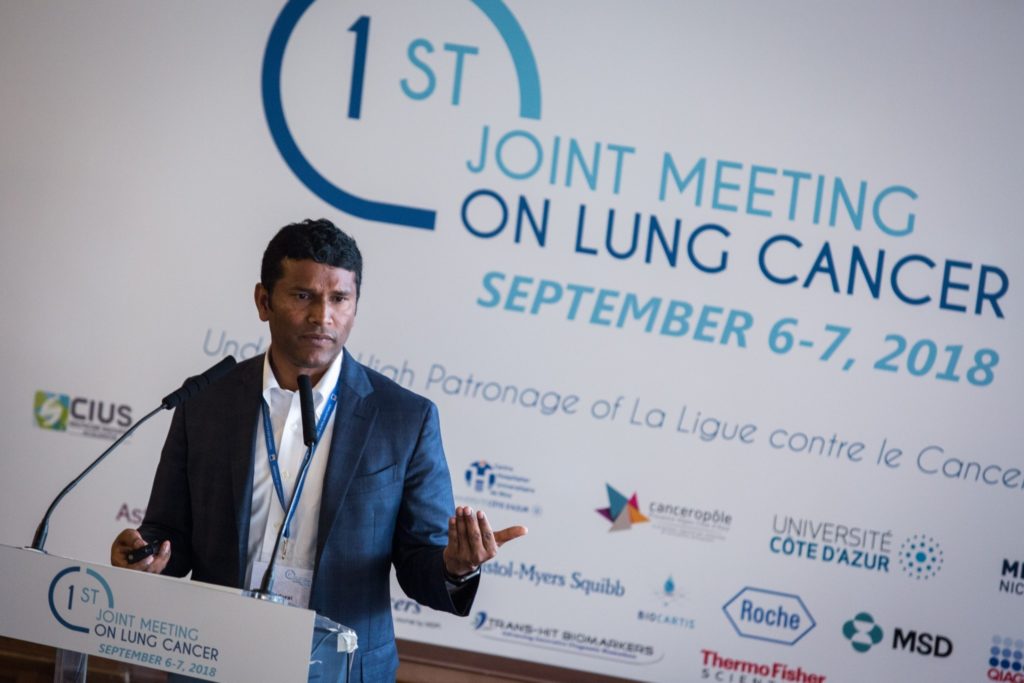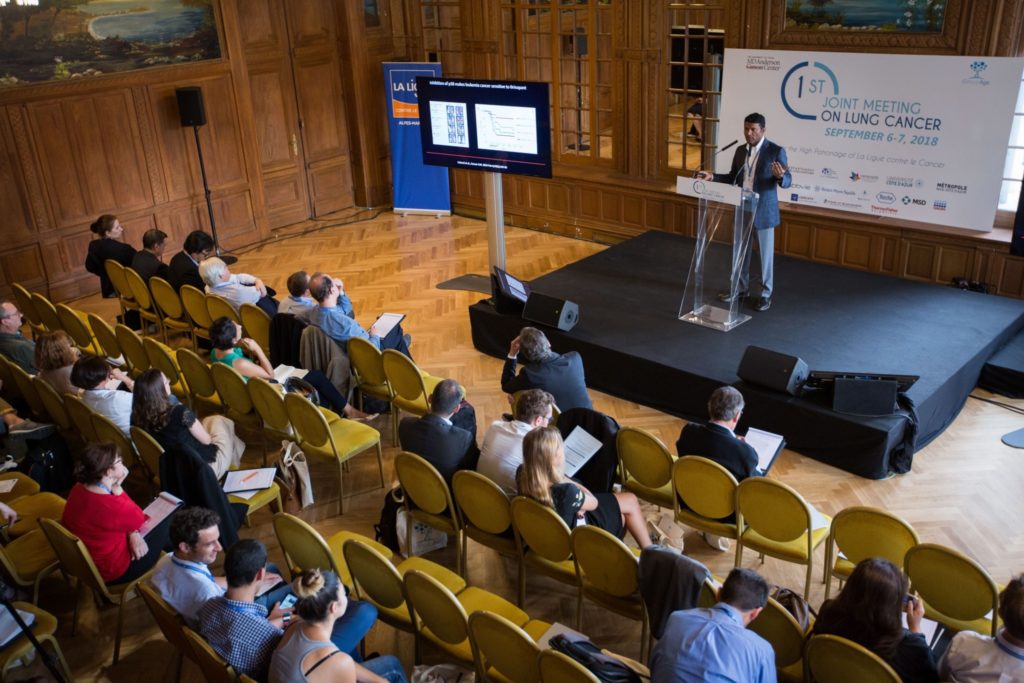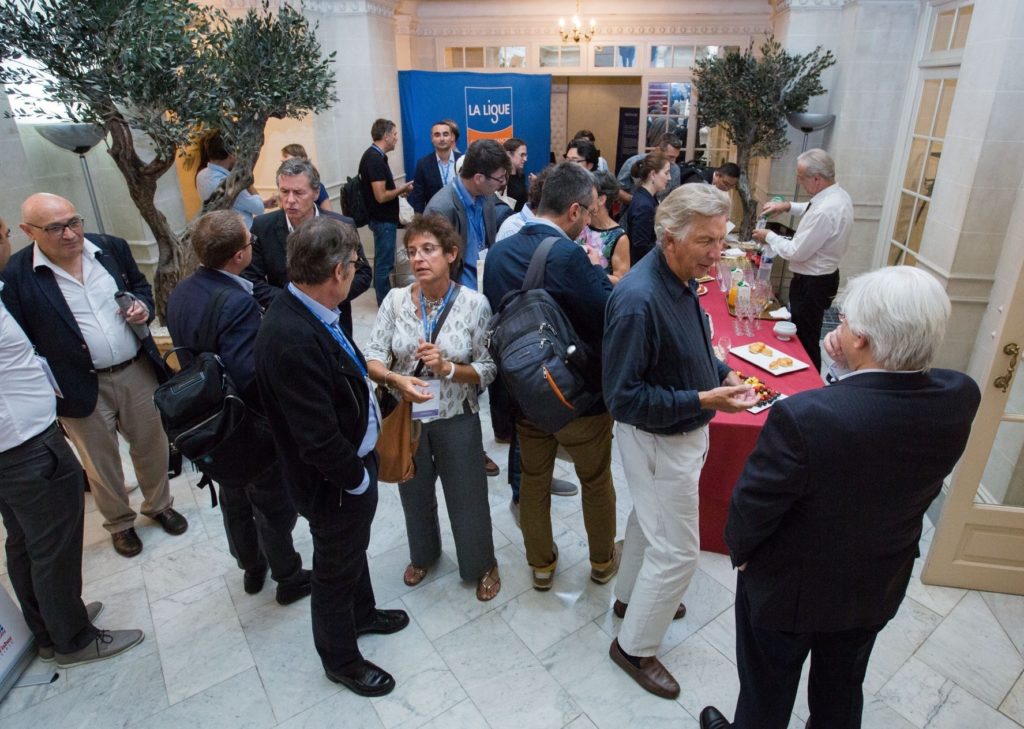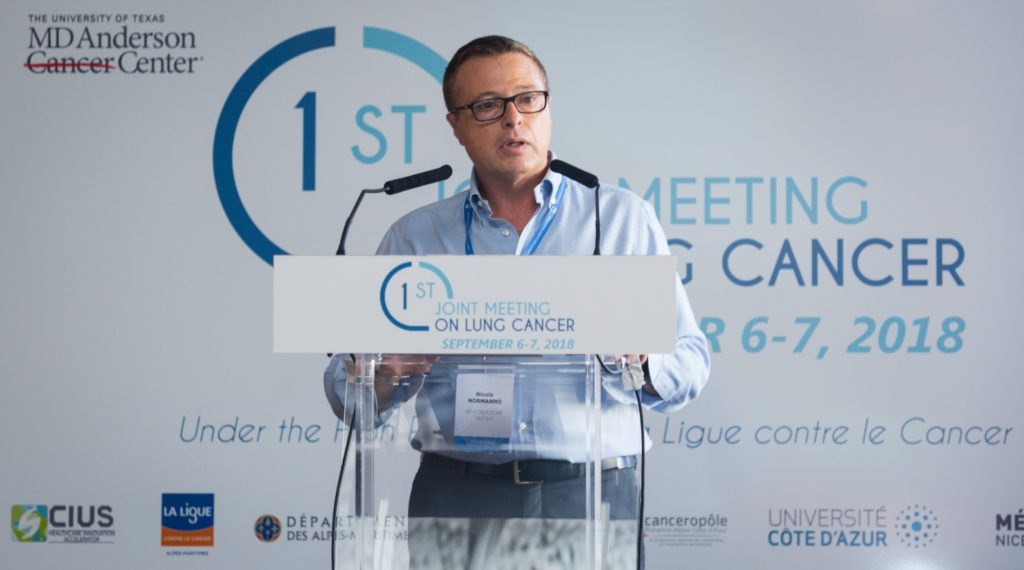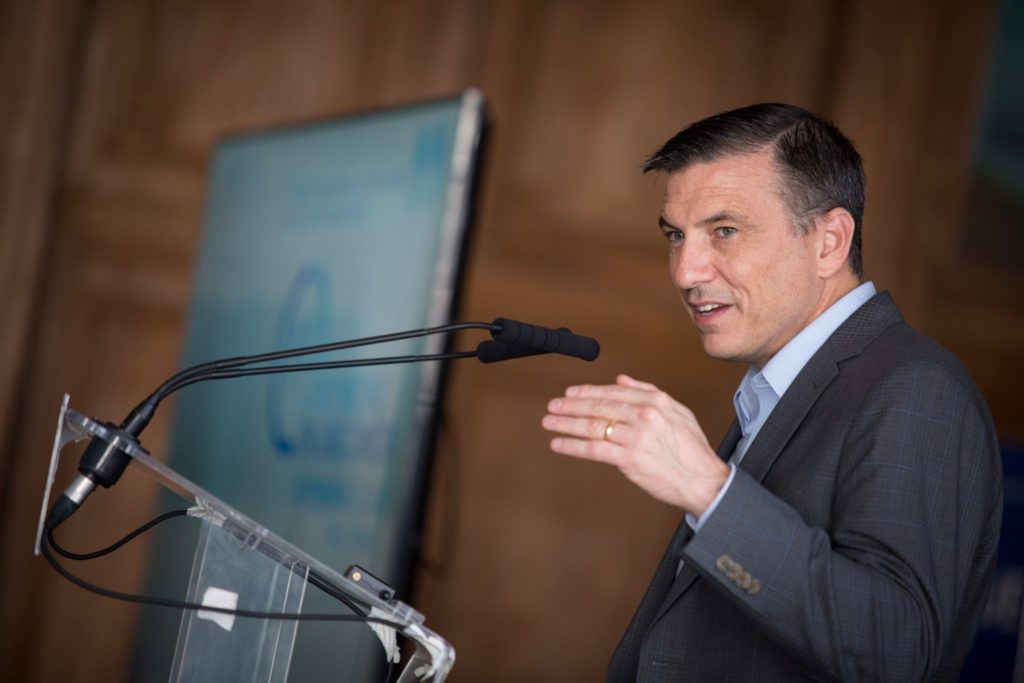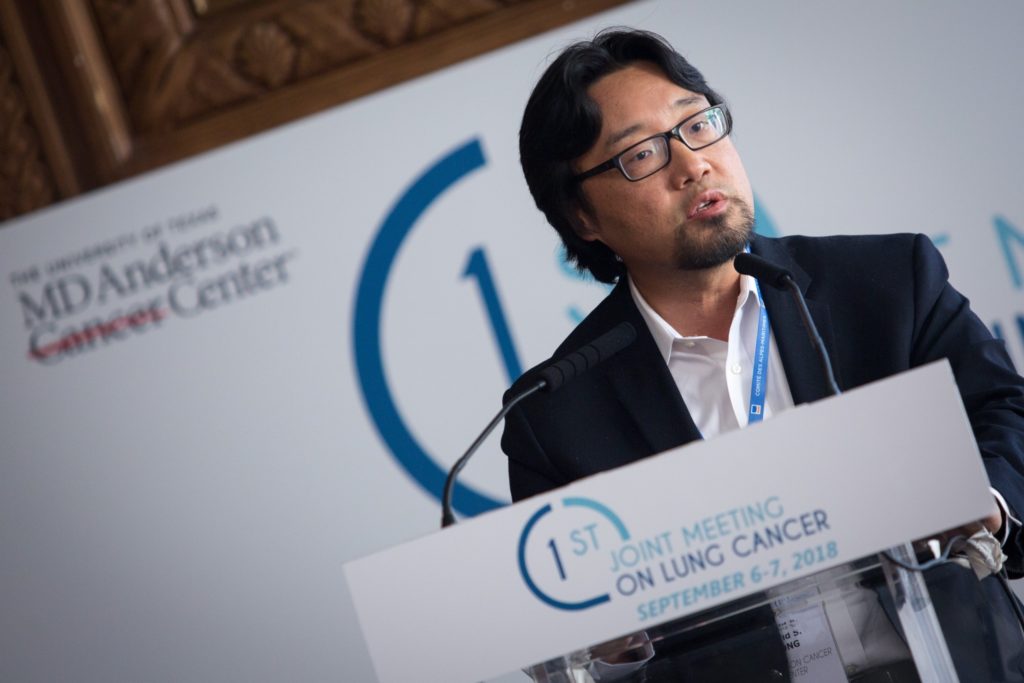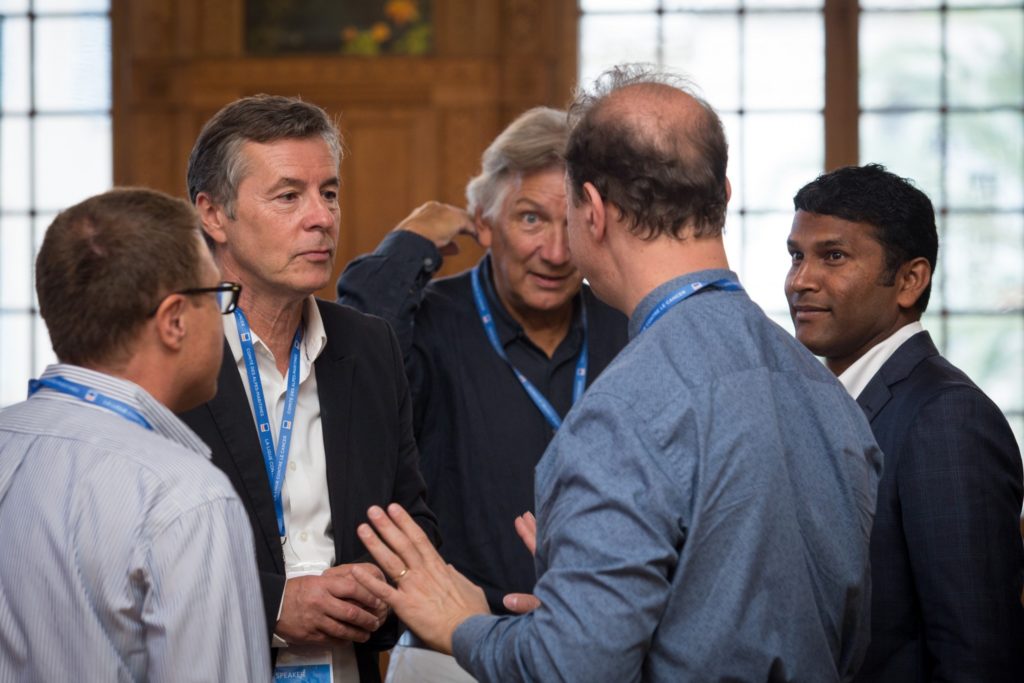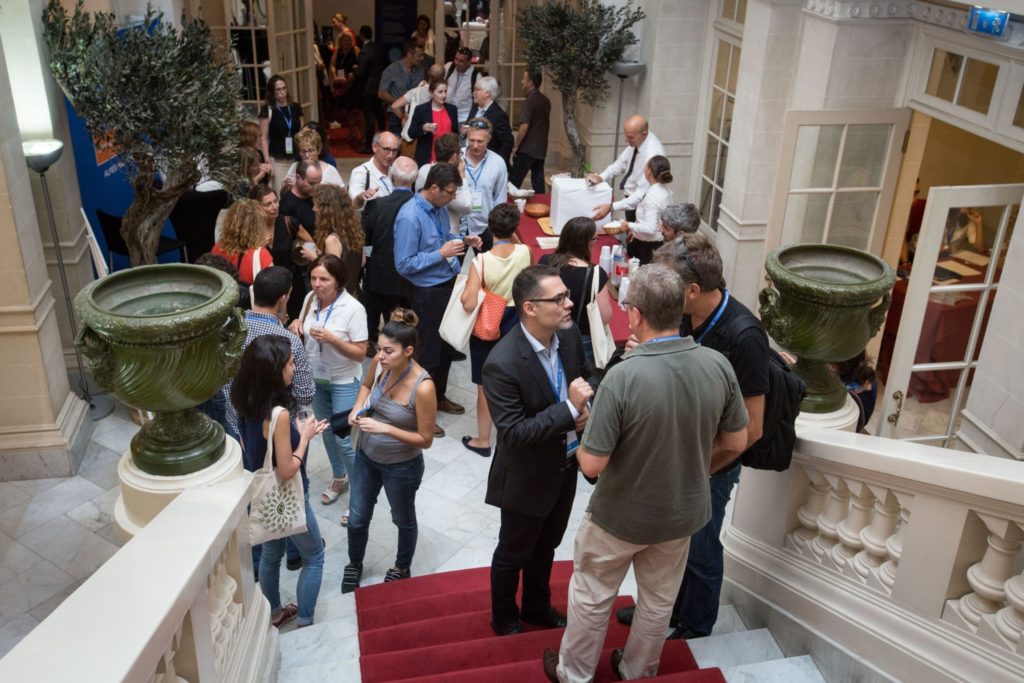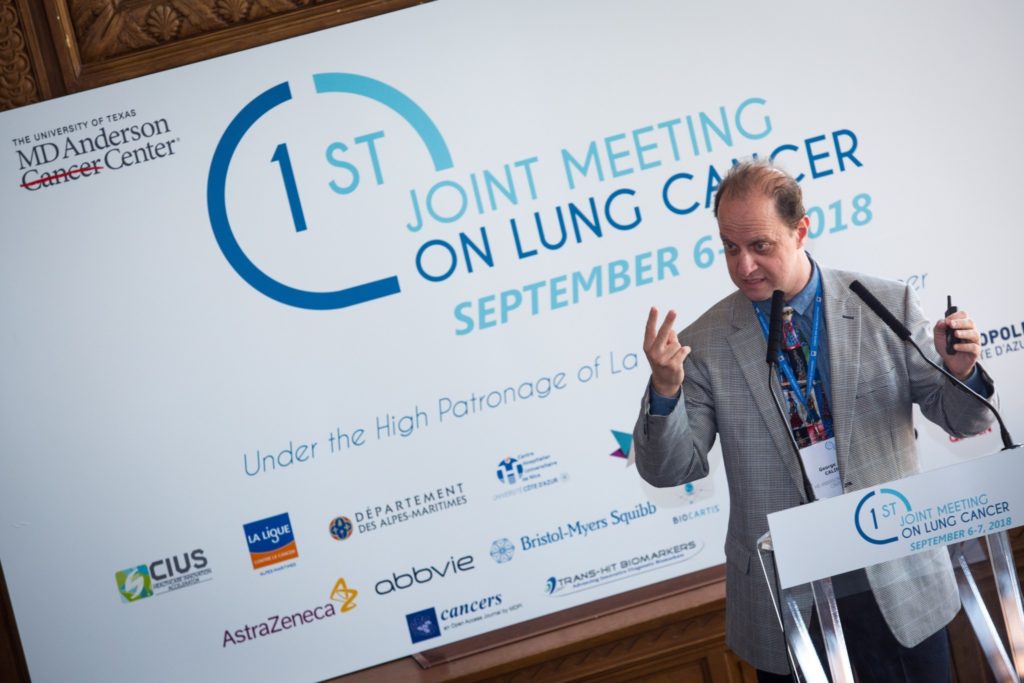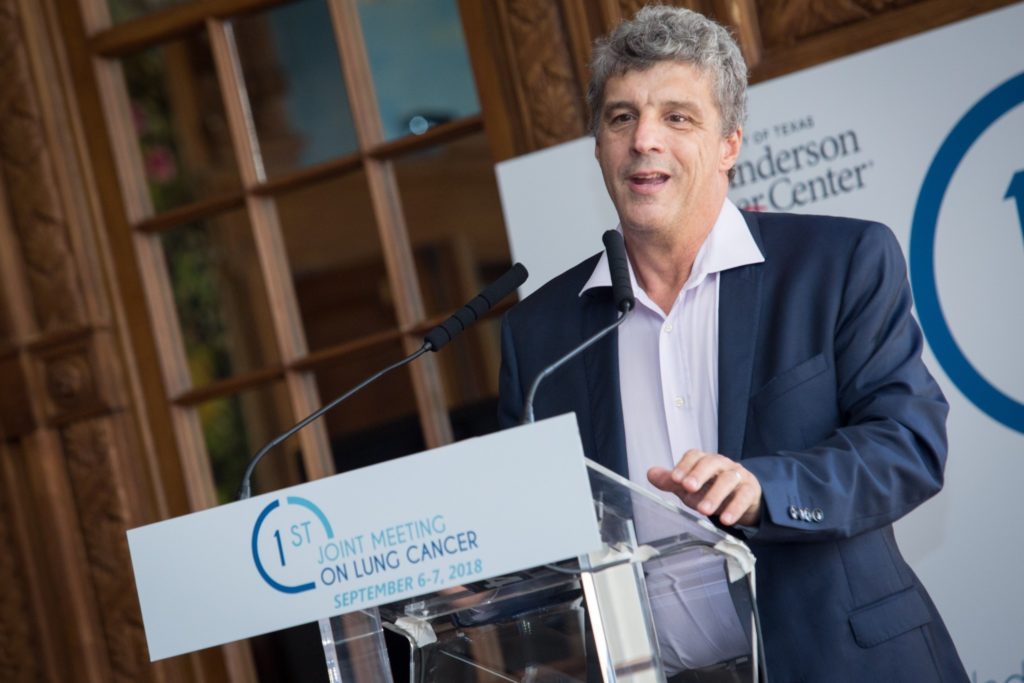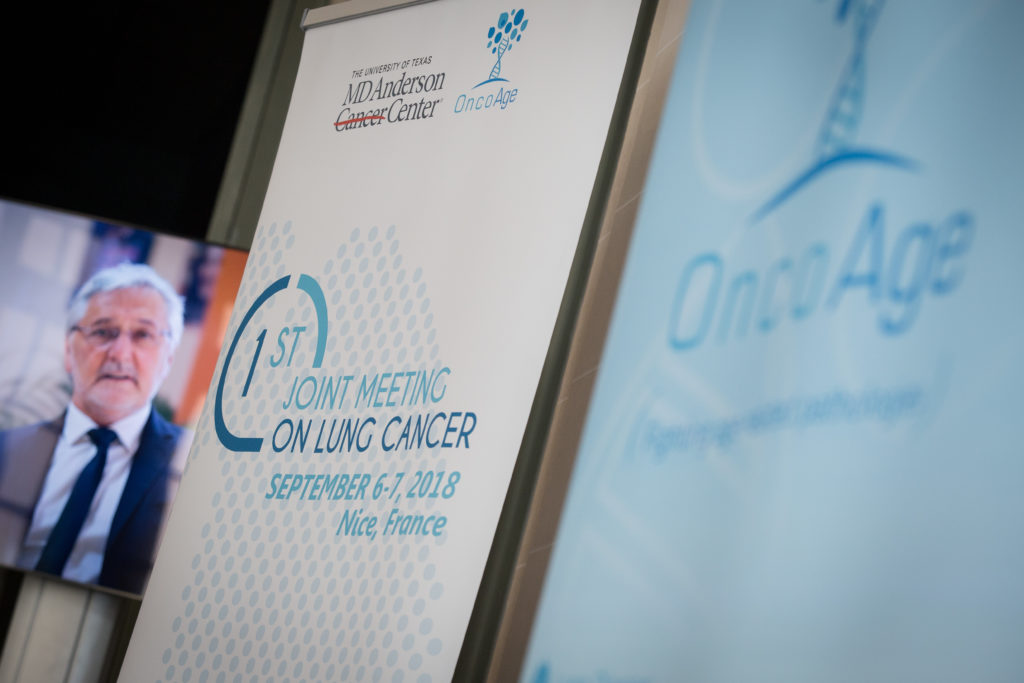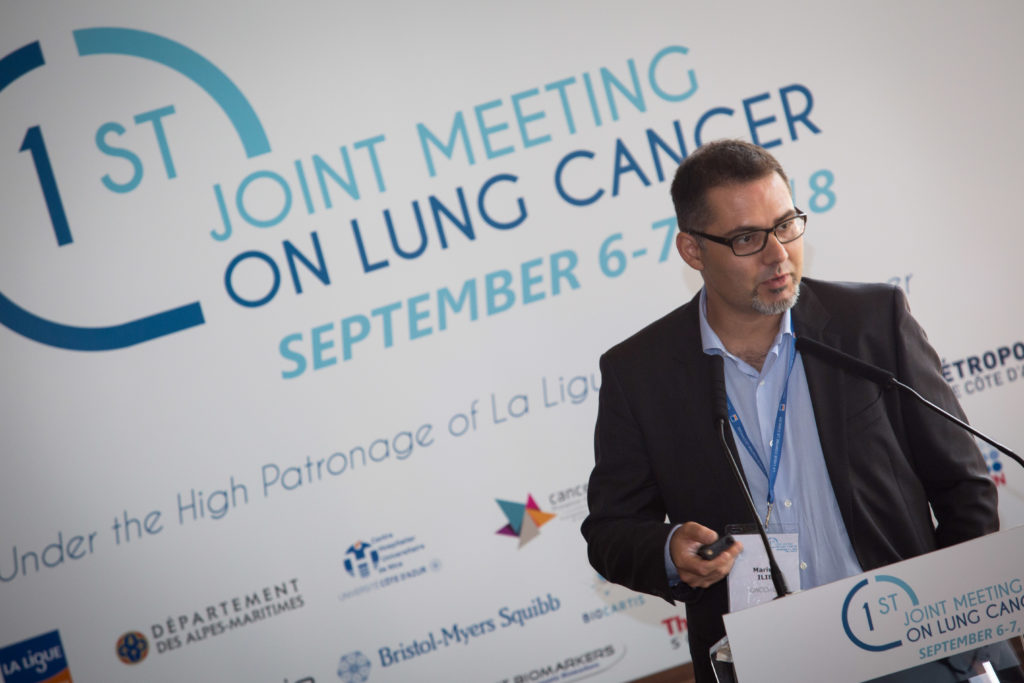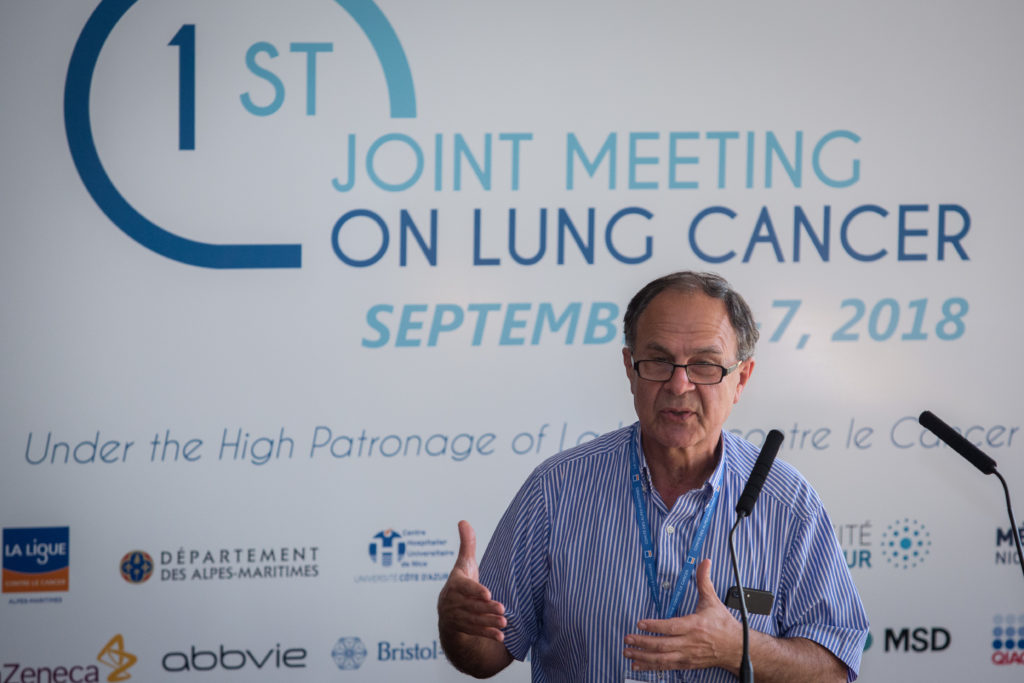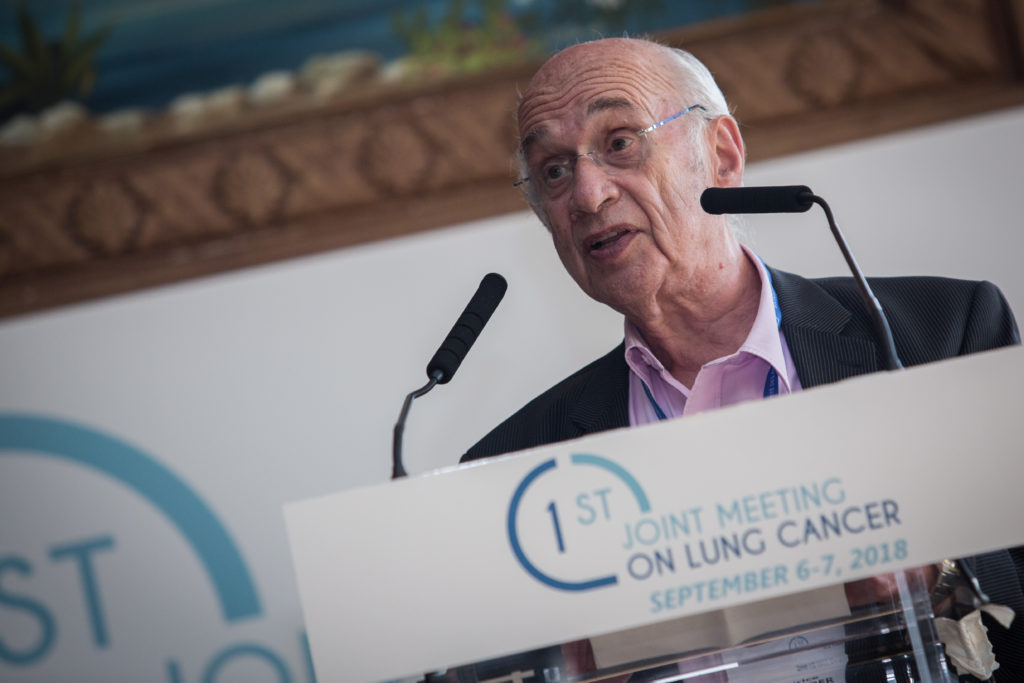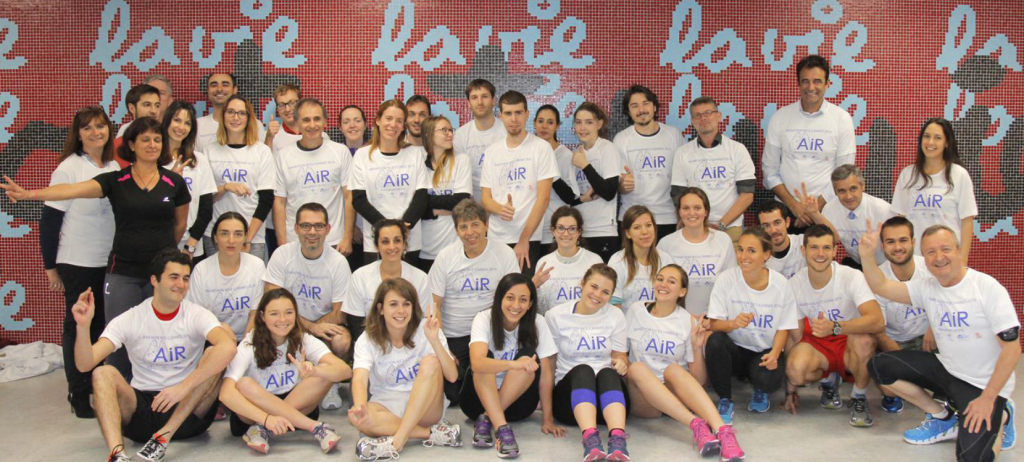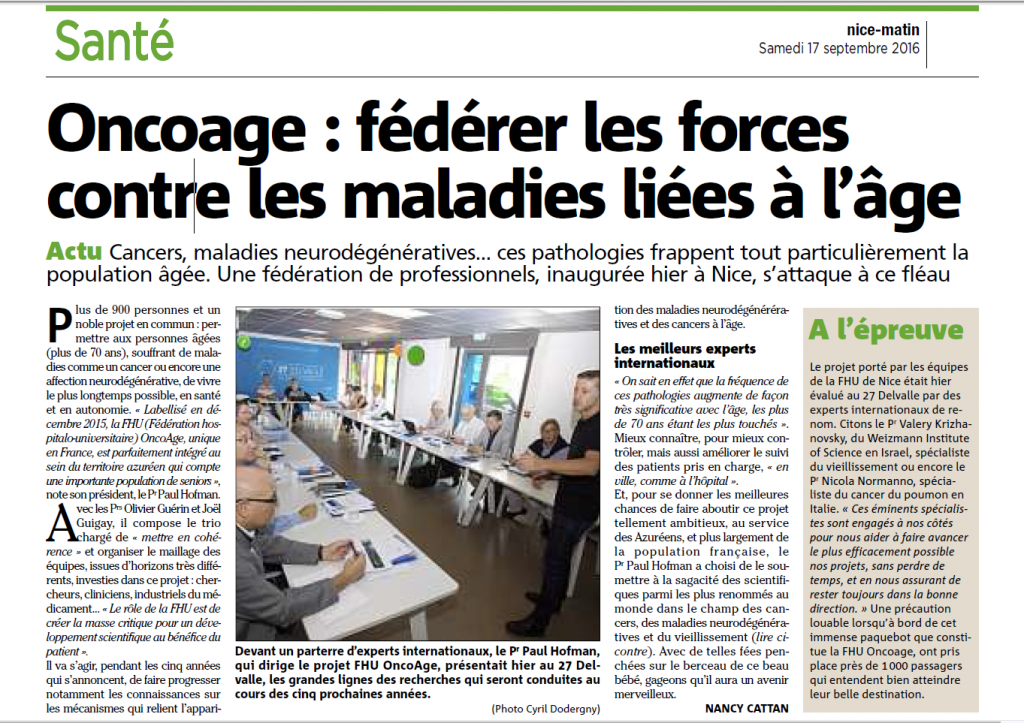Une étude présentée en amont du congrès de l’AACR met en évidence la concordance entre un test sur ADN circulant et la biopsie tissulaire pour l’identification des anomalies génétiques dans les cancers du poumon non à petites cellules (CPNPC). Il ne faudrait toutefois pas conclure hâtivement que la biopsie liquide pourrait se substituer totalement à la biopsie tissulaire.
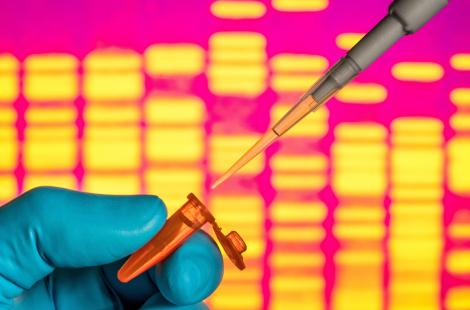
Proposer des thérapies ciblées aux patients atteints de CPNPC suppose d’avoir identifié les potentielles altérations génétiques dans les cellules tumorales. Le Guardant360 de Guardant Health est un test pratiqué sur l’ADN circulant à la recherche de mutations sur les gènes EGFR, ALK, ROS1, BRAF, RET, MET, HER2, NTRK, et d’un biomarqueur pronostique, les mutations sur KRAS. Disponible depuis environ 2 ans, c’est un test très performant, très utilisé par certaines équipes en particulier aux États-Unis et en Grande-Bretagne dans les CPNPC en phase métastatique ou dans la détection précoce des cancers. Autres arguments en faveur de la biopsie liquide, son caractère non invasif et la rapidité d’obtention des résultats.
Une détection des anomalies génétiques en 9 jours
Présentée en amont du congrès de l’AACR, l’étude prospective multicentrique NILE (Noninvasive versus Invasive Lung Evaluation), menée chez 280 patients avec un CPNPC nouvellement diagnostiqué, montre la concordance entre le Guardant360 et la biopsie tissulaire pour la détection des anomalies géniques, avec des résultats obtenus en 9 jours au lieu de 15. Cette étude pourrait amener à conclure qu’un test sanguin bien validé, complet et sensible pourrait être une alternative aux biopsies tissulaires pour identifier les biomarqueurs prédictifs de la réponse thérapeutique aux thérapies ciblées. Une conclusion un peu rapide, puisque ces recherches ne concernent que les adénocarcinomes et non les épidermoïdes, et que, comme le reconnaît le Pr Vassiliki Papadimitrakopoulou, qui présentait l’étude, le Guardant360 est comparé à des tests tissulaires standards et non avec le NGS (Next-Generation Sequencing). « La comparaison porte sur deux approches qui ne sont pas identiques. Avec le NGS au niveau tissulaire, le délai de réponse peut aussi être de neuf jours », commente le Pr Hofman. « On manque aussi d’informations sur les tests utilisés pour les biopsies tissulaires, leur sensibilité et sur le type de biopsies réalisées ».
Biopsie liquide ou tissulaire ?
L’étude apporte des éléments nouveaux en montrant pour la première fois que pour les cibles thérapeutiques de l’EGFR, ALK, ROS1 et BRAF, ce test concorde avec la biopsie tissulaire avec une VPP de 100 % alors qu’on avait plutôt la notion de 65 % de VPP. Seules ces 4 altérations sont associées à un médicament ayant l’AMM, celles portant sur RET, MET et HER2 pourraient orienter vers un traitement qui n’a pas l’AMM actuellement dans les CPNPC. Par contre, la recherche de PDL1 et la charge tumorale mutationnelle qui doivent être recherchées dans les CPNBC ne peuvent l’être au mieux actuellement que sur les biopsies tissulaires, de même que l’amplification de MET ou les réarrangements de NTRK pour lesquels la biopsie tissulaire est bien plus sensible que l’ADN circulant. « C’est un travail très intéressant, mais qui porte sur une cohorte assez limitée, et il ne permet pas d’affirmer que la biopsie liquide va faire disparaître la biopsie tissulaire. Il faut attendre la présentation officielle de l’étude et les débats qu’elle ne manquera pas de susciter », tempère le pathologiste.
Actuellement, les tests sanguins sont intéressants lorsque les résultats de la biopsie tissulaire ne sont pas significatifs, que l’état général du patient ou la localisation de la tumeur la rendent impossible et ils ont surtout une place dans la surveillance des traitements afin de repérer l’apparition de mutations de résistance thérapeutique ou vérifier l’évolution de la quantité d’ADN libre circulant.
D’après un entretien avec le Pr Paul Hofman, pathologiste, CHU de Nice
Papadimitrakopoulou V.A. (MD Anderson Cancer Center, Houston), « Clinical utility of comprehensive cell-free DNA (cfDNA) analysis to identify genomic biomarkers in newly diagnosed metastatic non-small cell lung cancer », conférence de Presse de présentation de l’AACR.
Source : Lequotidiendumedecin.fr

